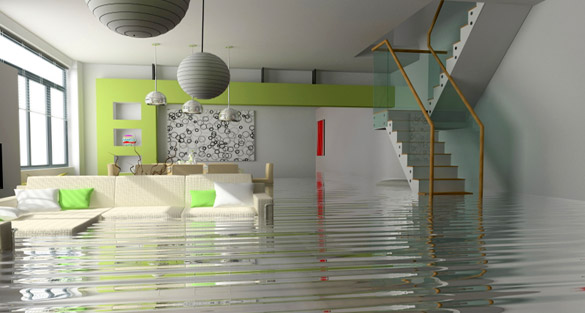|
Floods can wreak havoc on your property, and the damage can range from minimal to total loss. Items such as furnishings, clothing, and your home itself can fall prey to the devastation that comes when the flood waters rise. At the same time, while some damage may happen immediately, other types of damages don’t arise until long after the water has receded.
Damage from floods can become worse within the first 24 hours after the event, and more problems can arise when the damage isn’t tended to quickly. It’s important to seek the assistance of a professional quickly after a flood to not only assess the damage but to begin repairs. The water extraction and restoration process can be extensive, but the quicker it’s done, the less likely you are to suffer even further damage to your property. Flood waters can damage your property in a variety of ways. Filing a claim, should you have flood coverage, will involve ensuring that you’ve included everything that the flood has damaged. Here’s a quick breakdown of the different types of flood damage: In the First Hour: The damage in the first hour occurs quickly and, thus, is difficult if not impossible to prevent. The upside is that these damages tend to be less extensive than the ones that arrive later. These damages could include:
In the First Day: In the first 24 hours after a flood event, more extensive damages begin to occur. While not necessarily irreversible, these damages can become severe if the water extraction process isn’t started soon.
In the First Week: When water is not extracted within the first 24 hours, more permanent damage is likely to occur. This can include structural damage, which can threaten the safety of your house. More costly and complex restoration efforts will likely need to be made for many of these issues.
It’s important to assess damage and immediately begin restoration after a flood in order to reduce the likelihood of damage escalation over time. Be sure to always keep records of every item that has been damaged as well as the costs for repairwork and temporary housing elsewhere if need be.
0 Comments
Leave a Reply. |
DisclaimerBy using our Website, you agree to the Terms of Use. Archives
January 2016
|


 RSS Feed
RSS Feed
